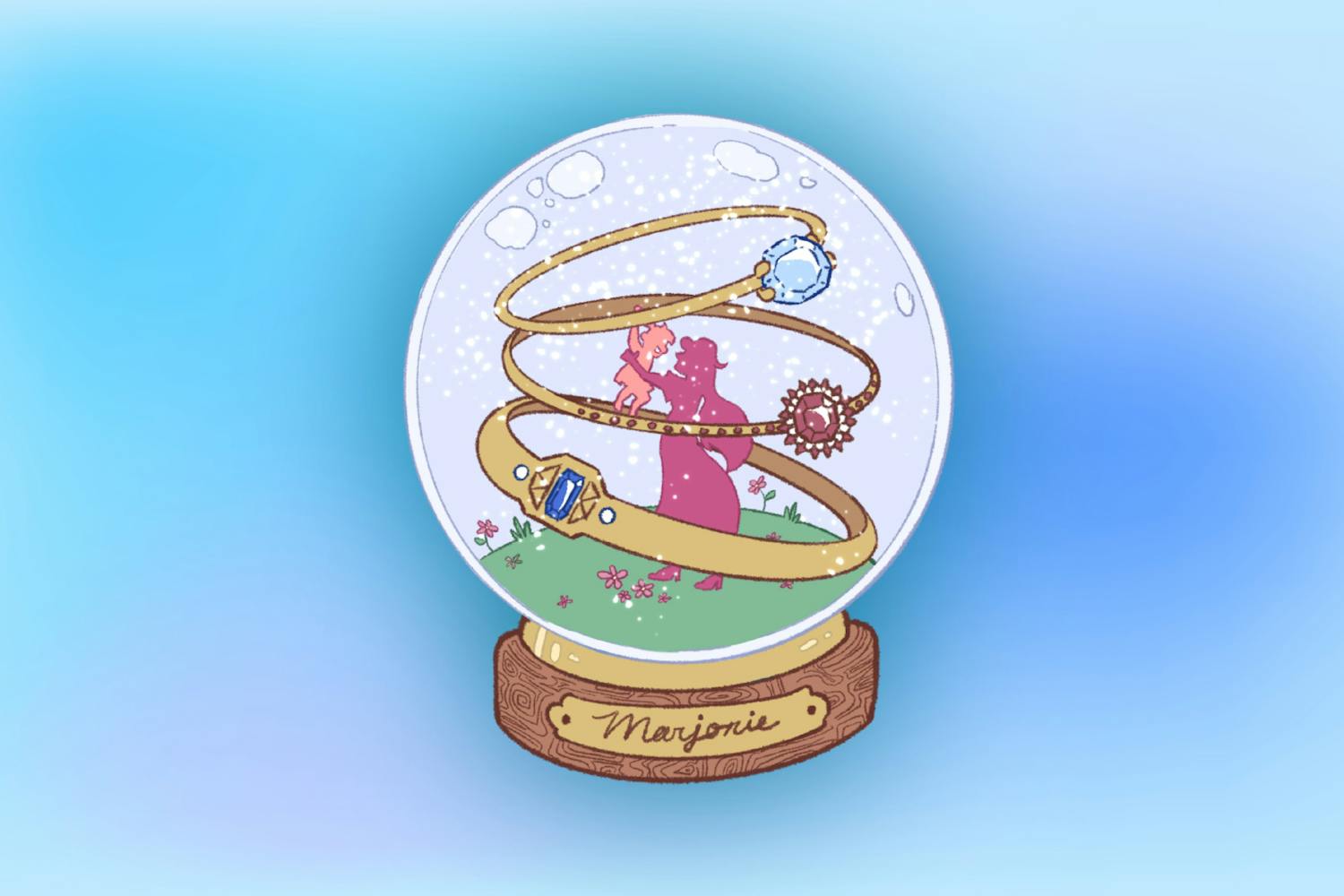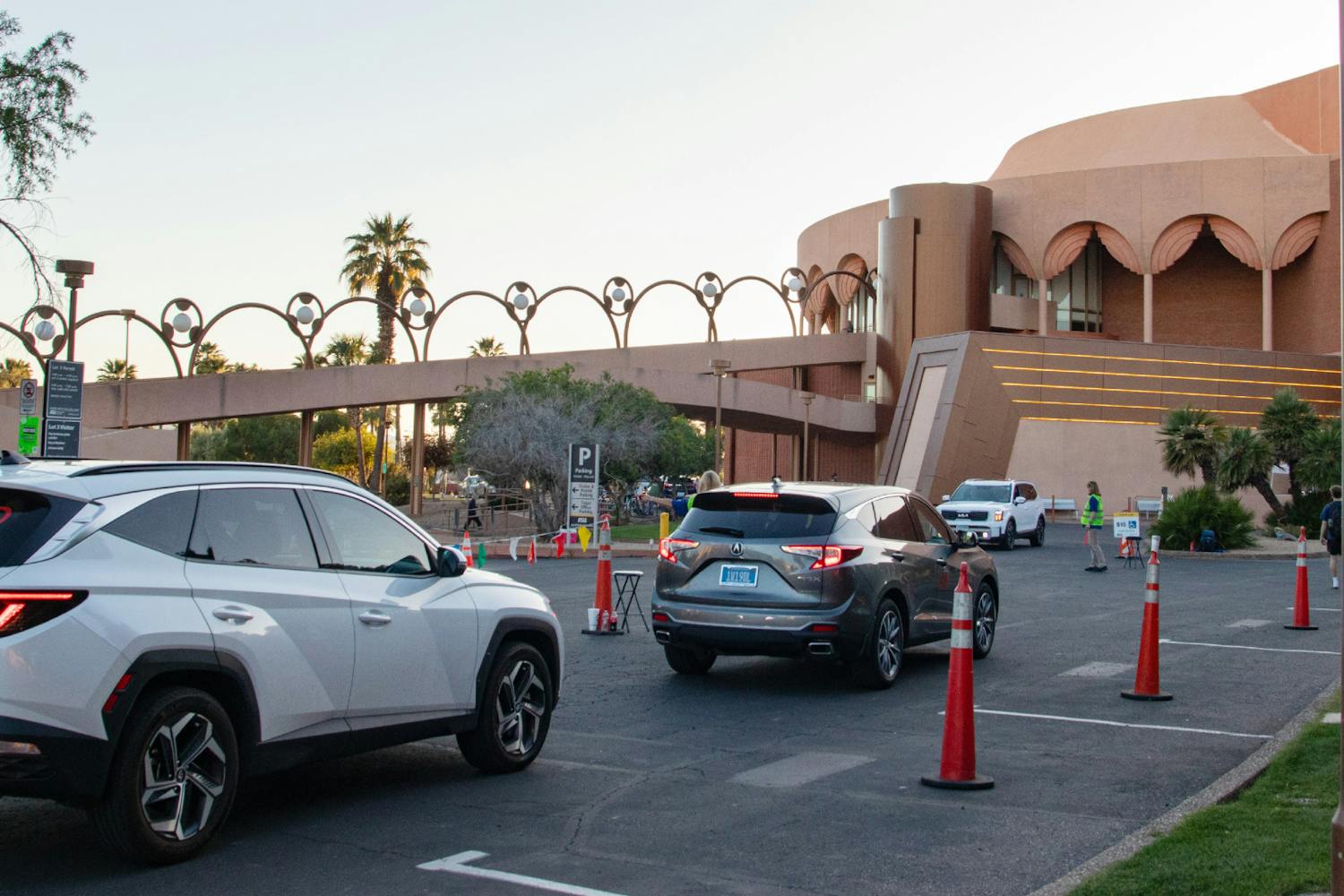She stumbled in the front door with a black-and-purple eye socket, coming off of methamphetamine, pregnant and on the run from her abuser.
A year and a half later, Ashley Moore sits with her happy and healthy 4-month-old son, Ryler, as she talks about the program that helped save her life.
“We should be dead with what we went through,” Moore says. “I felt very safe here and was given the consistency that I never had in my life.”
Moore, 24, went through the Where Hope Lives program at the Phoenix Dream Center and now is staffed with the program to help other women like her.
Where Hope Lives is a sexual-exploitation program that addresses the specific needs of female victims of sexual exploitation, program director Konstance Smith says.
“We want to be able to help girls as much as possible,” Smith says. “We want to help girls who have hit a wall in their lives and show them that they can be something more.”
The program offers safe refuge and specialized counseling so that victims of sexual exploitation in all of its forms, including prostitution, sex trafficking, abuse and stripping, can be restored as functioning members of society, Smith says.
The Phoenix Dream Center, a volunteer-driven, religious nonprofit, exists to serve the homeless, low-income, at-risk youth and struggling individuals and families. The program provides resources, opportunities and supportive services. The center was founded in 2006 and began the Where Hope Lives program in 2007.
Smith became the director just last month and says that she has been with the Dream Center for three years; she came in addicted to methamphetamine and heroin and worked through her addiction by volunteering with the Where Hope Lives Program. Smith says that it helped her to build a close relationship with the women that come through and to get at the root of their problems.
Smith says that in the last year, 80 girls have come through the program with 14 still in it right now, all of whom have a history of sexual exploitation. The Hope Wing is where the girls stay, Smith says, on the fourth floor of the Phoenix Dream Center where there are 15 rooms and 28 beds. The rooms in this renovated hotel are medium size with two beds in just about every space, and the women make the place their home by adding knick-knacks on the nightstands.
Most of the women who have come to the program have experienced at least one form of sexual exploitation, but oftentimes they have faced most, if not all, facets of exploitation, Smith says.
Women can come to the center for help and refuge, as in Moore’s case, or they may hear about the program through outreach services.
Smith says that every Friday night between the hours of 10 p.m. and 2 a.m., she and a team of volunteers comb the street near 27th Avenue and Indian School Road spreading the word about their program to the women working the streets, as the program works with women with all backgrounds of sexual exploitation.
It is not uncommon for the volunteer team to go out on a Friday and "plant the seed" in a woman's mind that she can have a better life. Smith says that sometimes on a Saturday morning a woman will come to the front door with her belongings, looking to change her life.
“People in the area are blind to it,” Smith says. “They don’t see the prostitution and sex trafficking that is happening close to home.”
“They don’t want to see it,” Smith says. “But we do, we see it and we want to help.”
Dominique Roe-Sepowitz, Arizona State University's director of the Office of Sex Trafficking Intervention Research, says sexual exploitation is only visible in cities where municipality prioritizes it.
What we do know is that sexual abuse is a ‘primer’ or ‘push’ variable toward prostitution in the majority of girls and women who are sex trafficked.
"Sexual abuse is a serious problem in our nation," Roe-Sepowitz says. "It looks like sex trafficking is only a problem in certain cities in the U.S., but that is because they are the only ones looking."
Roe-Sepowitz says a program such as Where Hope Lives is a great idea for women who have faced sexual exploitation.
"Giving a woman the ability to stop, think and re-evaluate their life in a safe and stable setting is sometimes all that is needed to give her the chance to change," she says. "Mentoring, intensive trauma counseling, support/psycho-ed groups and a strong support network are the next steps."
Roe-Sepowitz also helped to create a program called Project Rose, a diversion program that helps to get women off of the streets which has similar goals as Where Hope Lives. The program is currently on hold because of the Phoenix police's lack of extra manpower.
Moore says she's excited to help women who are going through things similar to what she did and is ready to share her faith to help others.
“Our goal is to plant seeds in the girls’ lives,” Moore says. “We want to show them the word of God and show them the love of God so they can see more clearly.”
The program and the center itself are faith based, Smith says, which is a big part in the girls’ recovery in discovering their self-worth.
The program has four stages, symbolized by rubber bracelets with Bible verses related to a specific point in their journey, Smith says.
The bracelets read “new life,” “perseverance,” “healing” and “conqueror.” Smith says the women get excited when they get to move on to a new bracelet, as it is a symbol of where they are in their recovery.
“It gets hard once you get to that third pillar, you know you are almost there and you think you know everything and don’t need the structure of the program,” Moore says. “But it is a test to see how strong you are, overcoming that third pillar is the hardest in the journey, I think.”
Among the pillar program are other services such as equine therapy, anger management and even a scholarship program through Grand Canyon University where the girls can get their educations, Smith says.
Both women say Where Hope Lives is working to expand and provide as much help and guidance to girls in need of an escape from their histories of sexual violence and exploitation. They are looking to acquire an apartment complex in the area so women have a place to live after leaving the program that allows them to stay for eight months to one year.
Smith says Where Hope Lives is always looking for volunteers and donations to help them in their mission.
“These women are broken and in crisis,” Smith says. “We just want to love them through it.”
Reach the reporter at Alexa.Dangelo@asu.edu or via Twitter @andangelo15.



